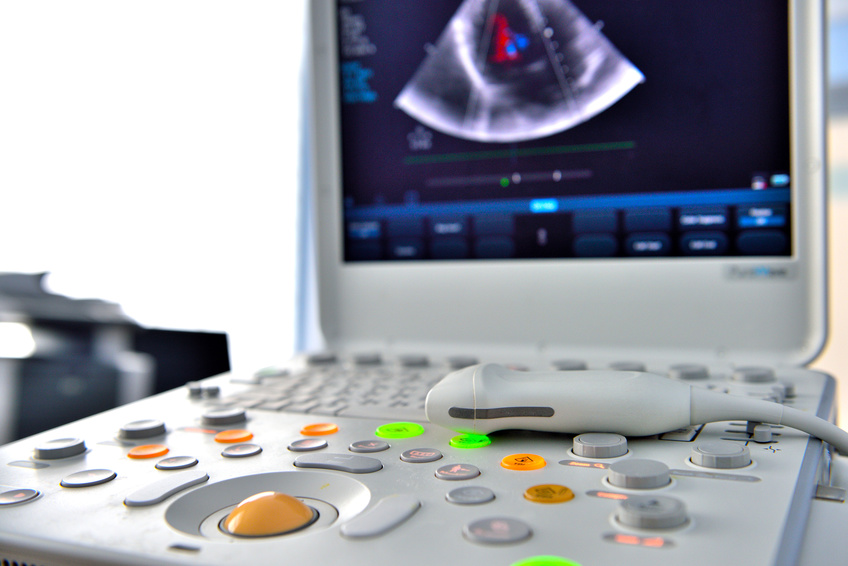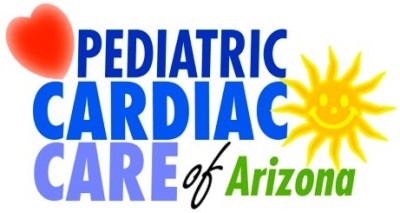At each visit, vital signs including a height, weight, blood pressure, heart rate and respiratory rate will be obtained.
A pulse oximetry test will often be used to measure the oxygen content in the blood. This is a painless test using light through a finger or toe.
Common pediatric cardiology tests include:
- Electrocardiogram (ECG/EKG): Stickers placed on the chest wall are used to examine the cardiac rhythm and evaluate for heart chamber enlargement.
- Echocardiogram (Cardiac echo): Gel is placed on the chest, and an ultrasound probe (similar to those used by OB doctors to look at baby inside of moms) is moved over the chest wall. Digital video clips of those images are stored and reviewed by Dr. Stock to evaluate the cardiac anatomy, function (squeeze of the heart), and flow of blood through the chambers.
- Treadmill stress test: Stickers similar to an ECG are placed on the chest. The patient will walk on the treadmill while either a Physician or Nurse Practitioner monitors for changes. The treadmill speed and angle will gradually increase to vary the amount of exercise during the test. Heart rate and blood pressure are also monitored during the test and for a few minutes after completion (recovery). Please wear appropriate clothes and running shoes and be prepared to exercise.
- Holter monitor/Event monitor: Different monitors are used depending on the timing and length of the symptoms to capture the heart rhythm during the symptoms that the patient is feeling. These captured beats will be sent back to Dr. Stock for review.

